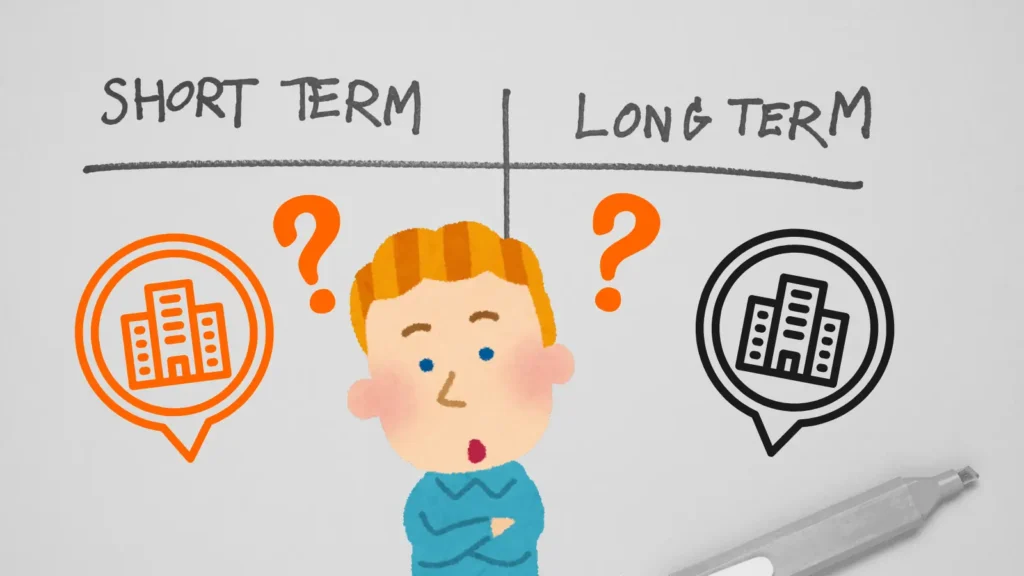When deciding between a temporary address and a long-term lease, it’s essential to understand the financial implications and benefits of each option. This guide breaks down the costs and flexibility of both solutions to help you choose the best fit for your budget and operational needs.
Understanding Temporary Addresses
A temporary address provides a professional mailing address without the need for a physical office. This service is especially useful for individuals or businesses that frequently travel, work remotely, or require a short-term solution.
With a temporary address, you can receive mail, manage documents remotely, and maintain a professional image without the overhead costs of maintaining an office. It’s a flexible and efficient option for those seeking a practical alternative to traditional office space.
Cost Comparison: Temporary Address vs. Long-Term Lease

Temporary Address Costs
Temporary addresses generally involve a monthly subscription fee. Additional services, such as mail forwarding and scanning are offered at extra costs depending on usage.
This scalable pricing structure makes temporary addresses an affordable solution for those seeking flexibility, as you can select only the services you need, keeping overall costs predictable and low.
Long-Term Lease Costs
In contrast, leasing a physical office space comes with much higher overhead. Beyond monthly rent, you’ll need to budget for utilities, maintenance, and office furnishings.
Initial setup costs can be substantial, including purchasing office equipment and infrastructure, adding significantly to the total investment. These upfront and recurring costs make leasing a long-term financial commitment that can become expensive quickly.
When comparing a temporary address vs. a long-term lease, it quickly becomes clear that temporary addresses are oa more cost-effective solution for businesses looking to avoid the high financial obligations of a physical lease.
Flexibility vs. Commitment

Temporary Address Flexibility
One of the standout benefits of a temporary address is its flexibility. With no long-term contracts or lease agreements, you can easily cancel or adjust your service as your needs evolve. This adaptability is especially beneficial for businesses experiencing rapid growth or frequent location changes.
Services like Anytime Mailbox offer pricing tiers starting at around $4.99 per month for basic virtual mailbox features. This affordability allows businesses to access essential mail management tools without the overhead costs of traditional leases. Higher-tier plans provide additional options such as mail scanning and forwarding, ensuring you can tailor services to fit your needs.
Opting for a temporary address gives companies the freedom to adapt as their circumstances change, making it a smart choice in today’s dynamic business environment.
Long-Term Lease Commitment
On the other hand, leasing a physical space often requires signing a long-term contract, with commitments ranging from several months to years. This type of lease can limit your ability to pivot or relocate without facing penalties or additional costs.
Moreover, the financial burden extends beyond rent payments. There are also the ongoing and sometimes unpredictable expenses of upkeep and management of the office space, which adds significant constraints to your business’s flexibility.
Concluding Thoughts
Choosing between a temporary address and a long-term lease ultimately depends on your business model and growth strategy.
Temporary addresses offer cost savings and adaptability, while long-term leases provide stability but come with significant financial and operational commitments.



